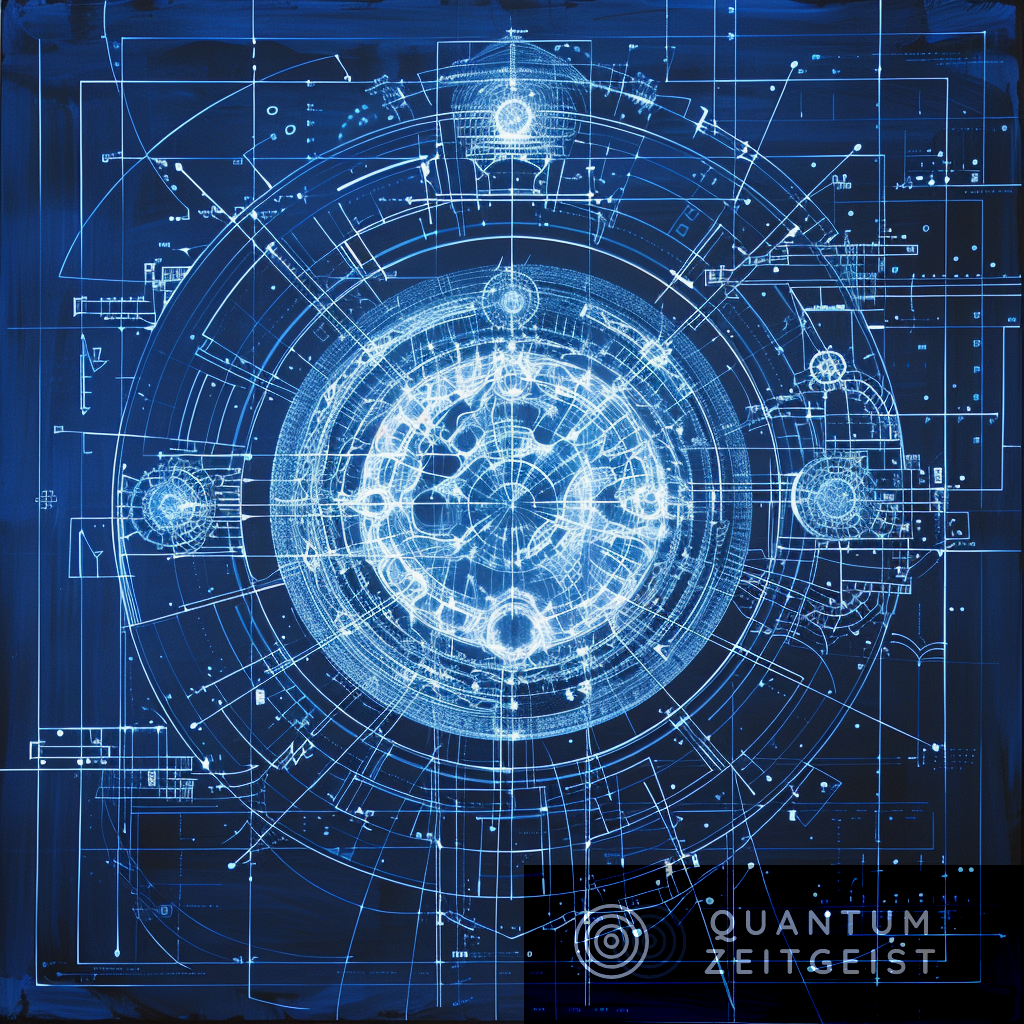Recent advancements in semiconductor quantum dots have been made possible by their inherent two-level structure, controllability through gate-tunable electrostatic potentials, and direct interface with the semiconductor industry. However, scalability is limited due to short-range exchange interaction. To overcome this, mobile electron architectures have been proposed, which use a series of electrostatic gates to move the qubit. Shuttling architectures, such as the SpinBus, are predicted to improve spin dephasing time by performing larger amplitude oscillations. Despite challenges in achieving high-fidelity gates, optimal control techniques can improve fidelity by shaping the electron trajectory. The study suggests that shuttling-based EDSR is a viable method for performing single qubit operations.
What are the Recent Breakthroughs in Semiconductor Quantum Dots?
Semiconductor quantum dots have made significant strides in recent years, with single and two qubit gate fidelities matching other leading platforms. These advancements have been made possible by the inherent two-level structure, controllability through gate-tunable electrostatic potentials, and direct interface with the semiconductor industry. Si-SiGe heterostructures have been widely used to host spin qubits in quantum dots, with long spin relaxation time beyond seconds and dephasing time beyond tens of microseconds.
However, the scalability of such systems is limited by the short-range of the exchange interaction, which leads to a fan-out of electrostatic gates when wiring a large number of qubits, as well as to crosstalk errors. Sparse architectures with on-chip controls are among the possible solutions, which require a long-range coherent link between distant qubit registers.
In this context, mobile electron architectures have been proposed to facilitate upward scaling. These systems, where the qubit is moved by a series of electrostatic gates allowing bidirectional conveyor-mode shuttling, have shown promise. In this approach, the spin is manipulated by transporting it to a dedicated zone where a micromagnet is present.
How Does Shuttling Architecture Improve Quantum Dot Performance?
Shuttling architectures, such as the SpinBus architecture, are predicted to have the capability of performing larger amplitude oscillations up to 10 or 20 nm, weakening the gradient field requirement by at least an order of magnitude and improving the spin dephasing time. This can be combined with a geometry-optimized micromagnet for further improvements.
Single-qubit operations of quantum dot spins in the presence of an artificial spin-orbit field have already been demonstrated. These experiments leverage electric-dipole spin resonance (EDSR), where the quantum dot confinement potential is oscillated beneath a static micromagnet in order for the spin to experience a periodic magnetic field. However, this is achieved in a setting where the amplitude of oscillation is limited to 1 nm, leading to larger gradient field strength requirements which cause spin dephasing.
In contrast, shuttling architectures are predicted to have the capability of performing larger amplitude oscillations, weakening the gradient field requirement and improving the spin dephasing time. This can be combined with a geometry-optimized micromagnet for further improvements.
What are the Challenges in Achieving High-Fidelity Gates?
An obstacle to achieving high-fidelity gates in this context is represented by the presence of low lying valley states in the conduction band minimum of Si. Evidence shows that these states couple to the spin degree of freedom (DOF) by having different g-factors. This modifies the standard fixed-frequency Rabi formula by introducing spatially dependent energy shifts, a fact that complicates the controllability and may ultimately lead to decoherence.
The interaction between the electron wavefunction and the heterostructure walls lifts the degeneracy of the valley DOF, but the splitting is very sensitive to the local atomic arrangement. As the quantum dot is shuttled, the valley DOF may spend an undetected amount of time in its excited state, corresponding to a shift in the precession rate of the spin and to phase randomization.
How Can Optimal Control Techniques Improve Gate Fidelity?
In this work, the researchers model the shuttling-based EDSR operation taking into account the dephasing mechanism between spin and valley states. A conveyor-mode shuttling device is modelled by generating position-dependent valley eigenstates and eigenvalues, termed as valley landscape throughout this work, according to two distinct models.
The electron trajectory can be shaped using optimal control techniques presented in this work to improve the fidelity by at least two orders of magnitude in a spin-valley physics agnostic manner. The researchers study the dependence of the average gate fidelity on the driving frequency and the spatial amplitude of the trajectory to understand underlying physical effects.
What are the Implications of the Study?
The results of the study indicate that shuttling-based EDSR is a viable and preferable way of performing single qubit operations. The large electron oscillations increase the spin dephasing time of the qubit while operating at an order of magnitude lower magnetic gradient, with single-qubit gate fidelity limited by low valley splitting points and large spin-valley coupling.
The researchers also performed an extensive comparison of the valley models discussed above for various realistic scenarios in terms of attainable fidelities. This elaboration on the advantage of using trajectory shaping over other methods indicates that shuttling-based EDSR retains significant advantage over existing alternatives.
Publication details: “Large spin shuttling oscillations enabling high-fidelity single qubit
gates”
Publication Date: 2024-03-01
Authors: Akshay Menon Pazhedath, Alessandro David, Max Oberländer, Matthias Müller, et al.
Source: arXiv (Cornell University)
DOI: https://doi.org/10.48550/arxiv.2403.00601

